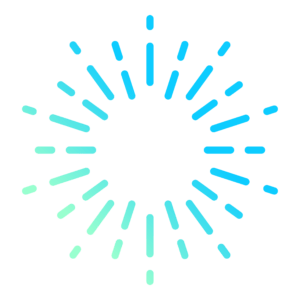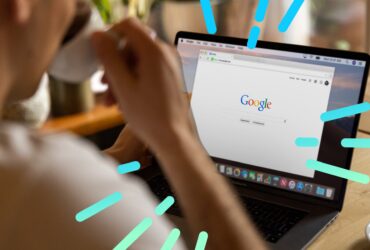
![]() Insights
Insights
Understanding SEO can be difficult if you don’t understand the language. Black hat SEO, keyword density, no follow links – lots of SEO words may not make any sense, and it can quickly become confusing when each phrase is one you’ve never heard of before.
With this in mind, our SEO team has created a glossary of key SEO terms and definitions that should make on-page, off-page, technical, and international SEO much easier for everyone to understand.
301/302 redirect: 301 and 302 redirects tell search engines and browsers who land on one page to go to a different page. So, a redirect could be placed on:
https://www.searchlaboratory.com/animals/cutekittens/ to send people to https://www.searchlaboratory.com/animals/cutekittens.
The difference between a 301 and 302 redirect is that a 301 tells search engines that the change is permanent, whereas a 302 is temporary, meaning the old page retains these attributes. You should nearly always use a 301 redirect, so most of the link juice and authority from the old page is sent to the new one.

Algorithm updates: Algorithm updates aim to improve how Google evaluates content to surface the most relevant and helpful search results from queries. These updates ensure website owners create valuable content that adheres to Google’s guidelines so that users can continue finding high-quality, trustworthy information.
Alt-text: A written description of an image only displayed to the end user if the image is not deliverable. Alt-text is essential to image optimisation because search engine spiders cannot read or interpret images visually. Alt-text tells a search engine what the image relates to and can describe what an image depicts, improving website accessibility for visually impaired users.
Anchor text: The visible text when a hyperlink is placed on a web page.
Authority: Authority is the measure of trust and credibility a search engine awards a website. Authority is used when search engines need to determine the best search result from a user query. Many factors are associated with authority, including the number of relevant inbound links, domain age, traffic, site history, and the rate at which unique, quality content gets added to a website.
Canonical Tag: Canonical tags are a piece of HTML code crawlers use to tell search engines which URL is the original version of your webpage. Canon (meaning legitimate or official version) – canonical tags help website owners avoid duplicate content (a factor search engines rank negatively). For example, if we put the canonical tag below in all versions of a page, this solves the issue caused by duplicate content:
<rel=canonical href=”https://www.searchlaboratory.com/cutekittens” />
Cloaking: Cloaking is a black hat, unethical SEO technique that delivers different content to a search engine spider than what is seen by a human user. Websites will likely be heavily penalised if they undertake cloaking because it tricks search engines to influence positive rankings.
Core web vitals: These are factors that Google and other search engine bots consider essential for a good user experience. These elements include mobile-friendliness, page speed, and visual stability.
Duplicate content: Content on a website that is identical or similar to content found on an alternate page on the same domain (or a third-party domain if plagiarised). The issue is that having two pages with the same or similar content makes it harder for search engines to choose between them. If people link to different versions, the link juice can split, making them less authoritative. It’s important to remember that for search engines, every separate URL is a different page, but for a developer, different URLs point to the same page. So, changing parameters or navigation paths can create duplicate content. For example:
https://www.searchlaboratory.com/animals/cutekittens and https://www.searchlaboratory.com/animals/cutekittens.html&sort=price%20




E-E-A-T: An acronym for Expertise, Experience, Authoritativeness, and Trustworthiness. Each of these four qualities is what search bots look for when ranking website content in search results. The more content demonstrates E-E-A-T, the higher it appears in search results.
Grey Hat SEO: A controversial topic in the SEO world, Grey Hat SEO describes a mix of white and black hat SEO techniques. It is argued that all SEO is Grey Hat, as trying to manipulate search results artificially may be considered Black Hat.

Index: A database of web pages and the content used by search engines. It can also mean adding a web page to a search engine index.
Indexed pages: The pages on a website that the search engines have indexed.
Internal link: A link from one webpage to another on the same domain. Internal links often add value to the reader and help search engines understand what a website is about. Placing internal links to relevant related pages on the website helps demonstrate the relationship between pages and improves website usability.
Keyword density: The number of times (usually as a percentage of the total word count) a particular keyword appears on a web page. The website will likely be penalised if this value is high (such as with keyword spamming techniques). Good content that reads naturally is far more important than obsessing over how many keywords it contains.
Landing page: The web page that a user lands on when they click on a link from the results in a search engine or from clicking on a paid social, PPC, or programmatic display ad.
Link bait: A web page or piece of content designed to attract incoming links and social media shares.
Link exchange: The act of building a reciprocal link, in return for a backlink, to your website. Many SEO experts consider reciprocal links an unethical, black-hat SEO technique because they are usually low-quality and add no real value.
Link juice: An SEO term for the trust and value passed from an authoritative or highly ranked site through a link to another website. The more link juice gained from highly ranked sites, the higher your site will rank in Google search results.
Meta tags: Code on a web page that gives search engines important information about that page. Some meta information may be visible in the SERPs but not on the page, e.g., the meta description. Having unique and accurate meta titles and descriptions is important because they are the first impression users get about your page in the SERPs.
No follow link: An HTML command found in either a web page’s head section or an individual link code. It instructs search engine spiders not to follow links to a page or a specific link. This attribute prevents a link from passing link authority.
Organic search results: Results that are not sponsored or paid for. They are served based on a search engine’s calculation of relevance to the search query entered by the user.
PageRank: A value quantifying the importance placed on individual web pages and websites. PageRank considers hundreds of factors. It is a logarithmic scale and is one of many factors used to determine search engine results.



Redirect: Any method used to change the address of a landing page, such as when a page or website moves to a new domain.
Robot.txt file: A Robot.txt file is in the root directory of a website used to restrict and control the behavior of spiders. Essentially, the Robot.txt file tells search engines which files and pages not to crawl or index. Robot.txt files may include development or closed offer pages and pages not to be made publicly available or accessible from SERPs. These are separate from the standard sitemaps and can be uploaded via webmaster tools.
Schema mark up: Code you can add to your website to help search engines understand the meaning of your content.
Search engine optimisation (SEO): The techniques and processes used to improve your website to help achieve a higher ranking in search engine results pages. SEO aims to increase the site’s visibility amongst users and its target audience. Increases are achieved by producing strong content and gaining high-quality backlinks from third-party websites, which aid authority and lead to attracting more organic traffic.
Sitemaps: A web page linking to every user-accessible page on a website. Sitemaps aim to provide a more usable site by clarifying the navigational structure of web pages for users.
Title Tag: The title tag can be found in the <head> section of the page source code and tells search engines what your page is about. It is the title that shows on search engine results pages. It is best SEO practice to include any keywords as early as possible because title tags are limited to around 70 characters.
White-hat SEO: White-hat SEO uses ethical and sustainable SEO techniques that conform to best practice guidelines and does not attempt to trick search engines or manipulate SERPs unscrupulously. White-hat SEO techniques bring increased rankings and long-term results based on customer-centricity and the importance of quality content.
Web Crawler: Search engines use web crawlers to find and add web pages to their indexes. Web crawlers run in the background and are the key to understanding website problems and areas for improvement.
Our Future of SEO report looks at key challenges in the current organic search landscape and provide actionable guidance on how to overcome these problems in the future.
By analysing the changes to ranking signals to considering the impact that generative AI is having in SEO, we share methods marketers can adapt that will enhance organic search strategies, leading to sustainable and future-proofed success.

![]() Insights
Insights

![]() Insights
Insights

![]() Insights
Insights